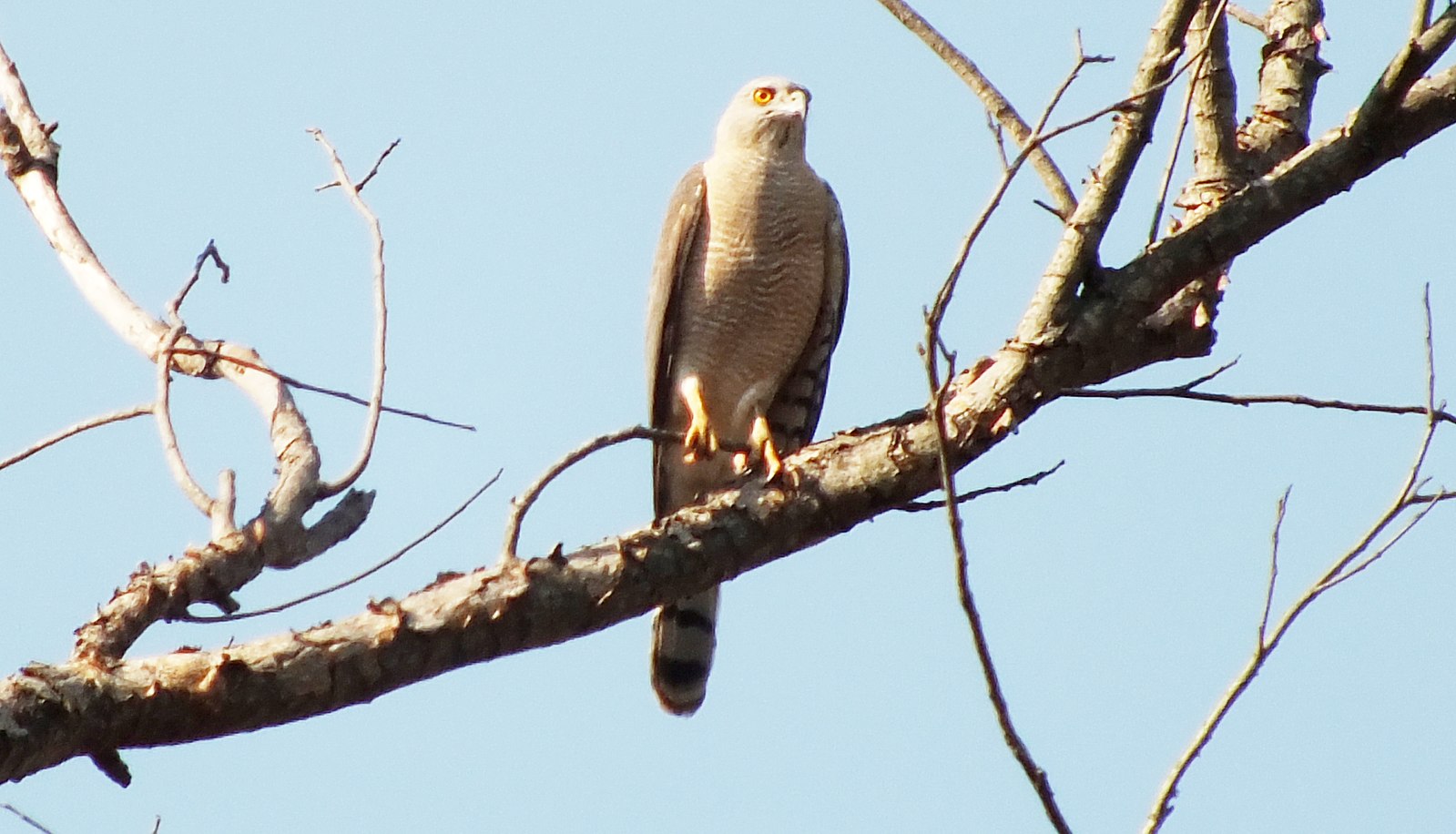How Heavy Can a Shikra Carry?
Roy
How Heavy Can a Shikra Carry?
The Shikra, a small bird of prey, is known for its impressive hunting abilities and the weight it can carry. As a member of the Accipitridae family, the Shikra is capable of capturing and transporting prey that is surprisingly heavy for its size. In this comprehensive blog post, we will explore the details of how … Read more


